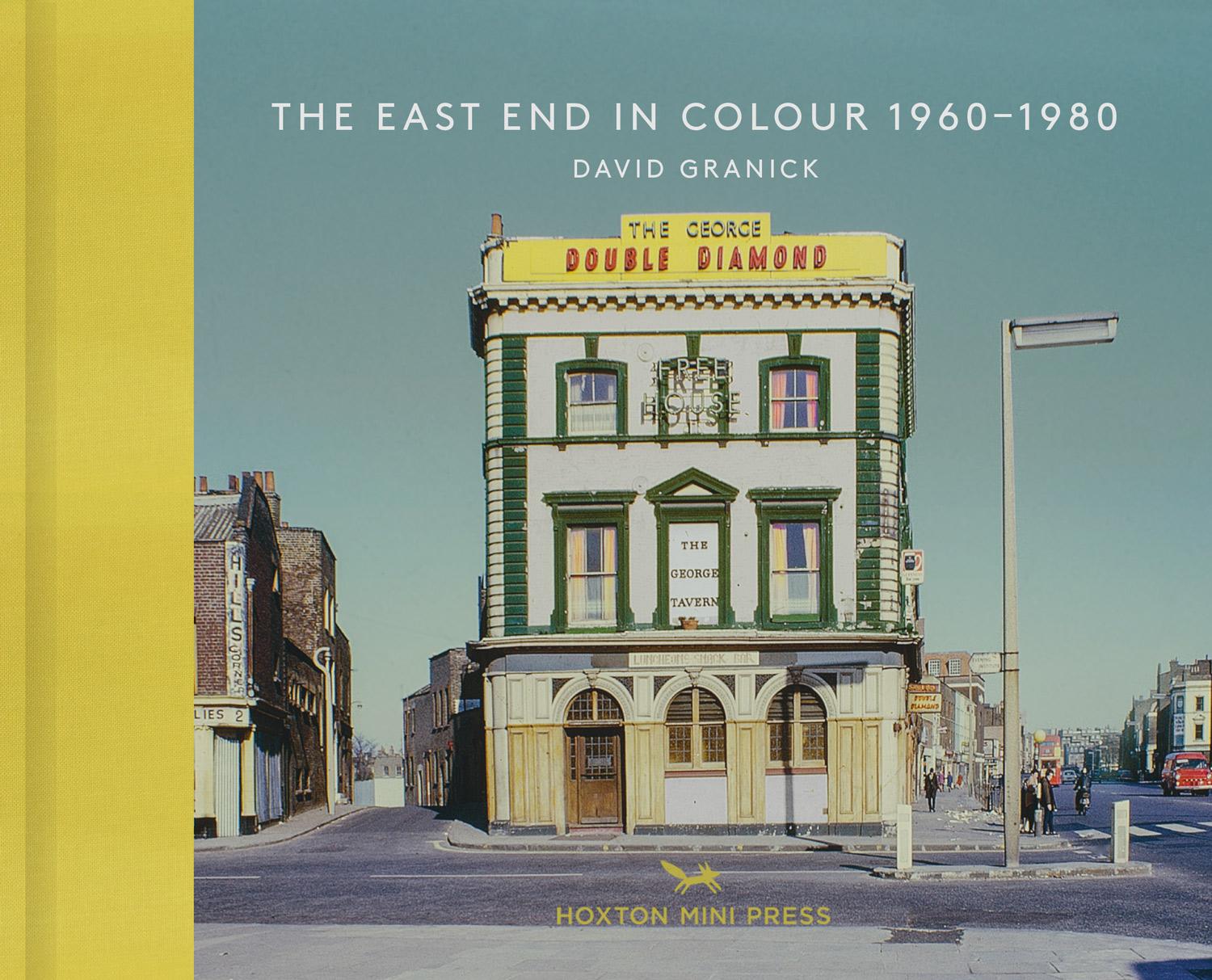The East End in Colour by David Granick, book review: Stunning throwback into the past

Your support helps us to tell the story
From reproductive rights to climate change to Big Tech, The Independent is on the ground when the story is developing. Whether it's investigating the financials of Elon Musk's pro-Trump PAC or producing our latest documentary, 'The A Word', which shines a light on the American women fighting for reproductive rights, we know how important it is to parse out the facts from the messaging.
At such a critical moment in US history, we need reporters on the ground. Your donation allows us to keep sending journalists to speak to both sides of the story.
The Independent is trusted by Americans across the entire political spectrum. And unlike many other quality news outlets, we choose not to lock Americans out of our reporting and analysis with paywalls. We believe quality journalism should be available to everyone, paid for by those who can afford it.
Your support makes all the difference.London’s East End has come a long way since David Granick, an amateur photographer born and bred in Stepney, decided to unpack his Kodak and snap photos of everyday life. While the area may be a symbol of gentrification sweeping across the capital and beyond, this collection of original photos take the reader back to an era when post-war rubble and dust remained on the streets, over a decade after World War II had ended.
Granick’s photographs offer a glimpse into the backstreets of Whitechapel, Mile End, Aldgate and the Docklands, all scarred with blitz-induced dereliction yet hazy in summer sunlight. Granick lived in East London up to his death in 1980 and handed over his collection of Kodachrome slides, all in full picturesque colour, to Tower Hamlets Local History Library. Photographer Chris Dorley-Brown found the archive only a few years ago and has now turned the previously hidden images into a book and exhibition.
The transformation of London’s housing from unloved Victorian houses replaced by imposing tower blocks shows a community on the edge of change. One woman is seen standing on the front door of her Victorian terraced home, peering in anxiety over demolition signs. The photographs reveal East London at its best; both as a place of post-war solitude and as a community on the brink: a Jewish businessman stands proudly outside his family-run shop – rare photos offering a glimpse of the last remaining members of east London’s Jewish community.
If you look closely, Granick’s photos offer signs of the first few Bangladeshis making East London their new home. A halal butcher, an elderly man wrapped in a coat. Granick immortalises a conversation between a Sikh man in intense discussion with a white colleague, one in corduroy and the other in overalls and a flat cap, on a building site for new housing estates.
Most striking of all are images of poverty in places now notoriously catering to middle-class tastes. An image of men huddling over an open-air fire in what is now gentrified Spitalfields market will cause pause for thought. With their faces turned away from the camera, Garnick’s Dickensian photo captures the deeply embedded root of working-class struggle in East London.
The East End in Colour 1960-1980 by David Granick is published by Hoxton Mini Press, £16.95. The book coincides with an exhibition running 3 February - 5 May 2018 at Tower Hamlets Local History Library & Archives 277 Bancroft Road, E1 4DQ.
Join our commenting forum
Join thought-provoking conversations, follow other Independent readers and see their replies
Comments